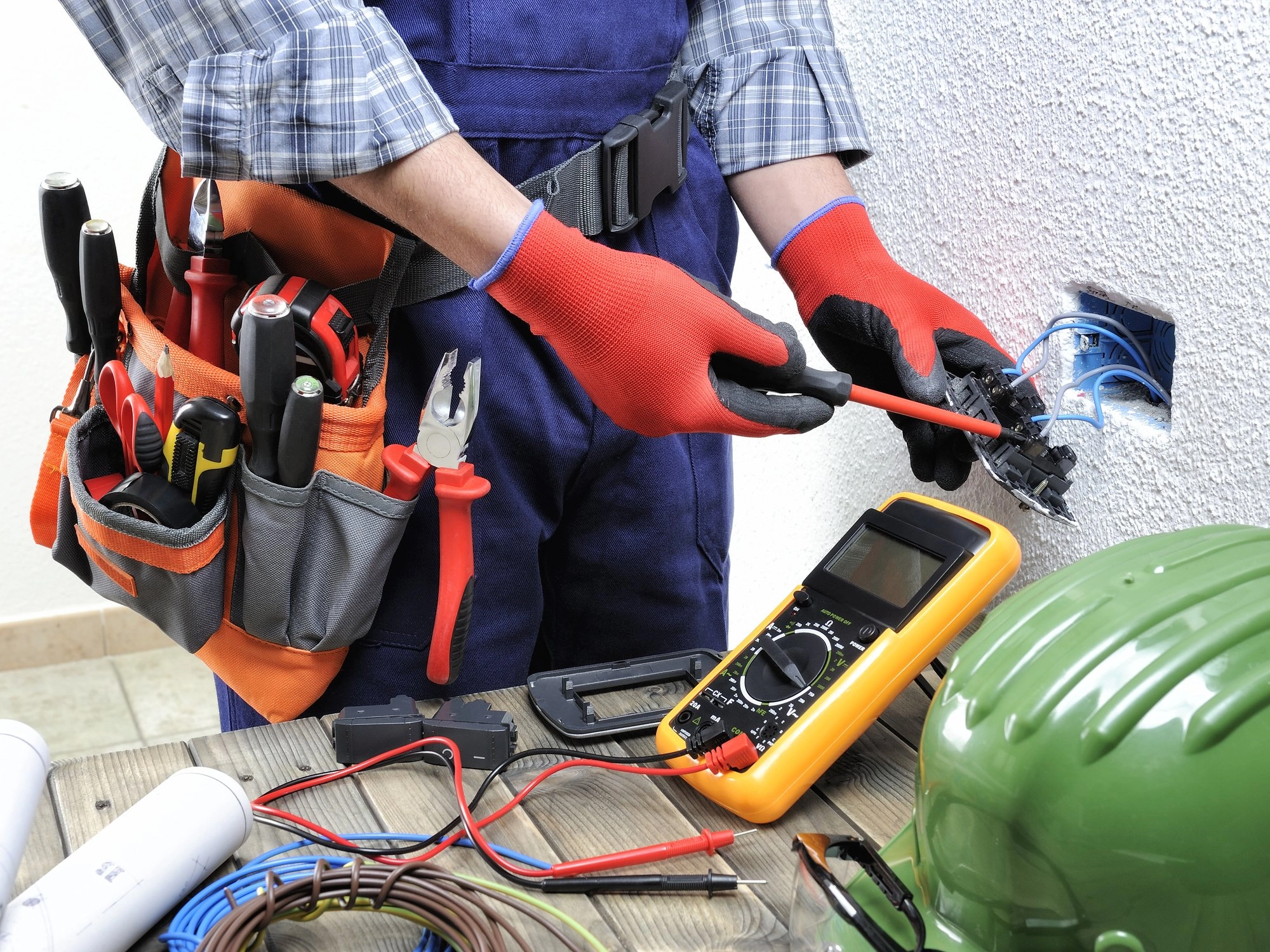 Regardless of the circumstances, working on electrical systems and performing electrical tasks is undeniably work. When performing such high-risk tasks, it’s crucial to have professional and suitable personal protective equipment to avoid unnecessary harm, as every day can feel like “walking on the edge.”
Regardless of the circumstances, working on electrical systems and performing electrical tasks is undeniably work. When performing such high-risk tasks, it’s crucial to have professional and suitable personal protective equipment to avoid unnecessary harm, as every day can feel like “walking on the edge.”
Especially when attempting to touch live circuits or equipment, you need specialized protection. Electrician gloves are the only personal protective equipment specifically designed for continuous contact with live conductors and equipment.
However, there are many types of electrician gloves on the market, with the two main ones being arc flash gloves and rubber insulating gloves. So, what’s the difference between them, and how do you choose the right gloves for you? The following article will clarify these questions for you.
Hazards
First, we must understand the types of hazards we face when performing electrical work. The most common risk is electric shock. When a person directly contacts a live conductor, the current passes through their body. The resulting shock can range from mild tingling to cardiac arrest or even death.
The second danger is arc flash. Arc flash is a highly dangerous electrical explosion or uncontrolled energy release, usually caused by faults or short circuits in electrical systems that create high-temperature arcs in the air. It is accompanied by intense radiation, loud sounds, extreme heat (up to 35,000 degrees Fahrenheit), and a powerful shockwave. This high-risk event can cause severe burns or even be life-threatening, making arc flash protection crucial during electrical maintenance and high-voltage operations.
Arc Flash Gloves vs. Rubber Insulating Gloves
First, we need to understand the purpose and characteristics of these two gloves.
Arc Flash Gloves
Arc flash gloves are personal protective equipment designed to prevent injury from arc flash during electrical work. They are usually made of multiple layers of heat-resistant and flame-retardant materials (such as aramid, Nomex, or flame-resistant fibers).
These gloves not only withstand extreme temperatures for short periods but also provide excellent mechanical protection. Although they are heavily layered, they still offer good flexibility.
In many applications involving electrical work, arc flash gloves can provide effective service, keeping you safe from the risk of electric shock.
If your electrical risk assessment determines that only arc flash hazards are present, arc flash gloves are a good choice. Arc flash gloves usually come with different protection ratings (cal/cm²), so make sure the gloves you choose can handle the incident energy levels in your work.
Rubber Insulating Gloves
Rubber insulating gloves are essential personal protective equipment for electricians and technicians handling live equipment. These gloves are made of specially designed natural or synthetic rubber and provide electrical insulation protection, preventing current from passing through the hands into the body. They can be paired with outer leather or synthetic protective gloves to guard against cuts, abrasions, or other physical damage.
When combined with leather protective covers, they offer excellent protection, providing sufficient electric shock protection and a degree of arc flash protection. In contrast, arc flash gloves do not offer protection against both hazards simultaneously.
How to Choose Between These Gloves?
First, you must understand the specific differences between arc flash gloves and rubber insulating gloves. Then, identify the hazards present in your work environment to better select the appropriate gloves.
For workplaces with one or more hazards, choose the right product accordingly: arc flash gloves are suitable for arc flash hazards only, while voltage-rated rubber insulating gloves can handle electric shock hazards and provide arc flash protection.
It’s important to choose the appropriate rating for the specific hazard:
- Arc Flash Gloves: Ensure the gloves have a sufficient rating to handle the incident energy exposure (cal/cm²) present.
- Rubber Insulating Gloves: Ensure you choose gloves of the appropriate class based on the working voltage.
If you’re unsure about the hazards you face, using voltage-rated rubber insulating gloves with leather protectors to provide protection against both electric shock and arc flash hazards is always a safe choice.
Contact Aibon for More Information
Whether it’s industrial safety or electrical safety, we have professional experience. For more information, visit our website or contact us as soon as possible.
How to Measure Glove Sizes – Source: AIBON
Latex gloves– Source: AIBON
Safety gloves– Source: AIBON
Working gloves– Source: AIBON

